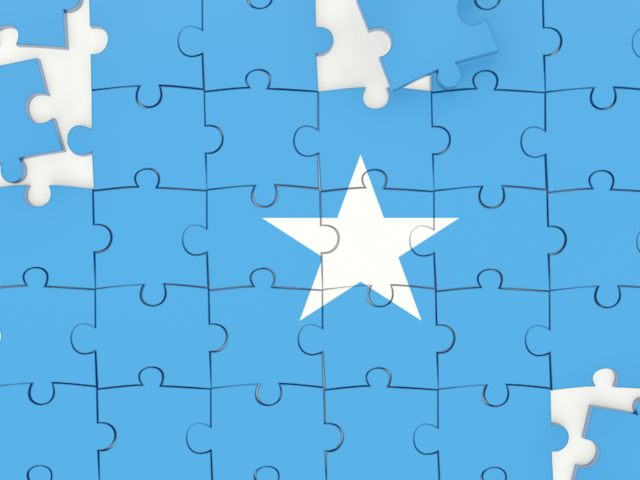
For decades, Somalia has been using a clan-power sharing model known as “4.5”. Some believe the model has an external origin (Sodere, 1997) and was institutionalized in the Arta (2000) peace process, in Djibouti. In reality, the initial shape of this model was locally devised in January 1991.
What is the 4.5 model? Essentially, the model allocates each of the 4 “major” clan groups an equal share in parliament and half a share to “minority” groups. Whilst Somalia’s provisional constitution does not mention the 4.5 model, ministerial posts and offices of states are often distributed based on this clan formula.
For many Somalis, this simplistic division of political power system blocks meaningful inclusivity and participation. Indeed, many perceive that the system has solidified clan identity in politics.
As such, the 4.5 model was initially perceived as a temporary solution to kickstart Somalia’s state-building processes. The phrase “Xaq ma aha ee waa xal” – “It’s not a [fair] system but a [temporary] measure” was used to denote its provisional status.
In early January 1991, a group of politicians affiliated with the Somali government – Gudigii Sulux – met with rebel factions’ representatives in Villa Baydhabo. Key members of the Gudigii Sulux included, amongst others, Prof. Osman Jawari and Hawadle Madar.
As a result, both sides agreed to form a new parliament based on a 4.0 clan power-sharing model. This includes 15 MPs from each “major clan” – Hawiye, Darod, Rahanweyn and Dir – and 4 co-chairmen from each clan. Interim president was going to be Kulmiye Afrah and the then Prime Minister, Omar Arte Ghalib.
Professor Jawari, one of the group’s last survivors, goes into detail in an insightful interview given to Dalsan TV in 2020. In it, he recounts how, pressed by chaos in Mogadishu, they laid the foundations for a clan setup acceptable to all parties in conflict.
The model was expanded in 1997 when faction leaders convened in Sodere, Ethiopia and agreed to create a 41-member National Salvation Council comprising 9 members from each of major clan families and 5 seats for smaller groups. The 4.0 became 4.5. It failed however for other reasons.
The model was reintroduced at 2000 Arta (Djibouti) Conference which led to the formation of Transitional National Government (TNG). Following intense negotiations, the 4.5 model was used to divide new TNG parliament of 245 deputies. It didn’t last again for other reasons.
The model was once again adopted in the 2004 Mbagathi (Kenya) talks where faction leaders came together to establish a 275-seat parliament and a new transitional government.
To avoid similar key obstacles that plagued previous peace conferences, the IGAD Facilitation Committee proposed that faction leaders agree on the same 4.5 formula of TNG. Each of the four “major” clans would have 61 delegates and “minority” clans collectively 31.
To transition to a permanent government in 2012, Somali leaders agreed in 2011 that the new permanent government is forbidden from “implement[ing] any policy that takes into account or attempts to reinstate the 4.5 formula”, 11 years later, the model is still being utilized.
This article was first posted as a Twitter thread and we are republishing it here with the author’s permission.
